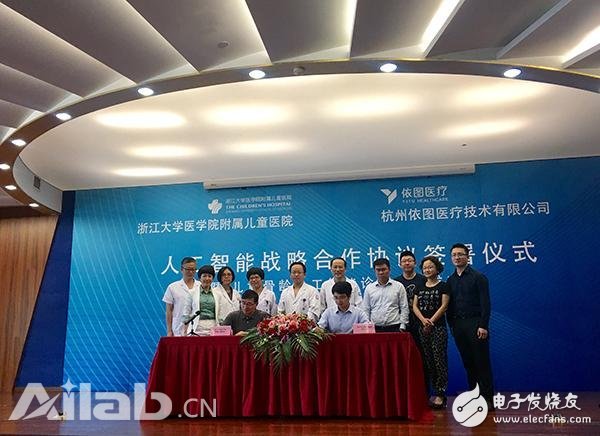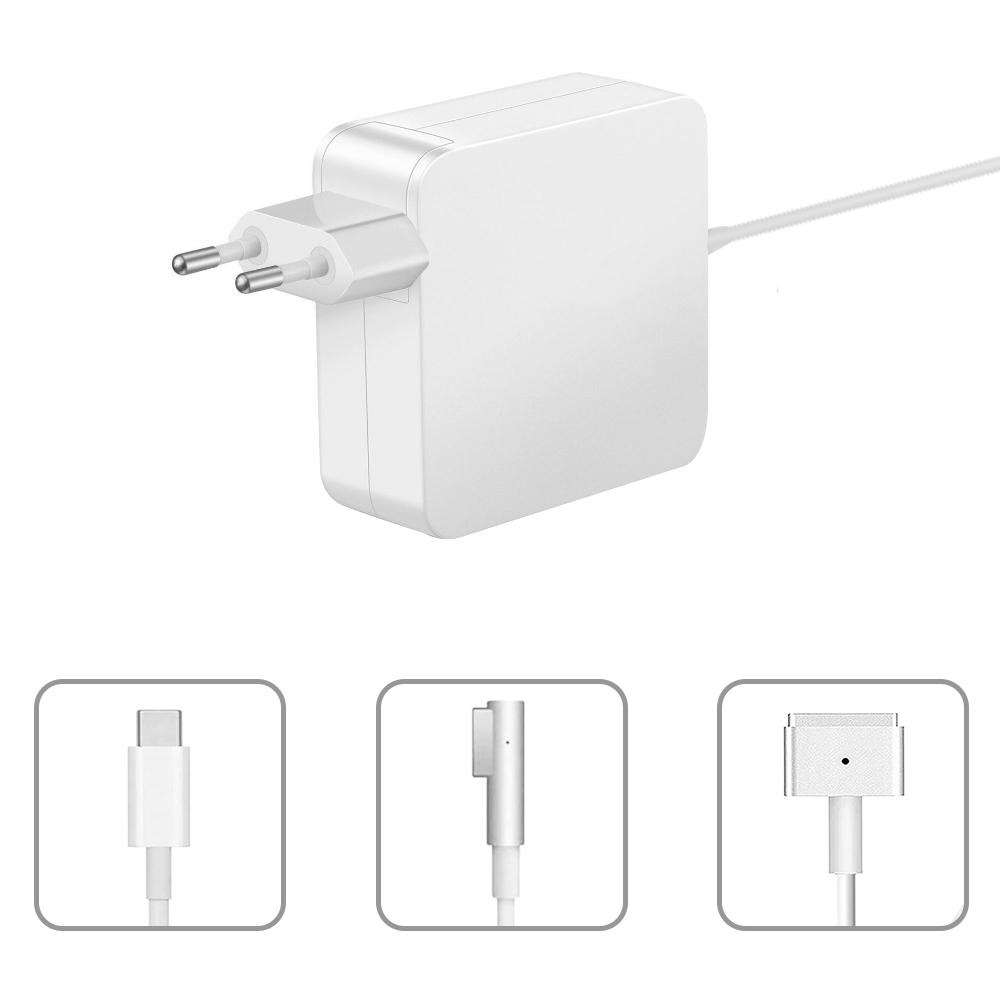In the past two weeks, the radiology department of the Children's Hospital affiliated to Zhejiang University School of Medicine has quietly equipped a set of artificial intelligence software. Within a few seconds, a child's left-hand X-ray is automatically recognized and the bone age is read. The maximum difference between the machine reading results and the higher level doctors is within 3 months.

This is the first artificial intelligence bone age reading machine in China. On September 25th, the Children's Hospital of Zhejiang University School of Medicine (hereinafter referred to as “Zhejiang Children's Hospitalâ€) and Yitu Technology announced the formation of a strategic partnership.
With the help of the bone age data of more than 10,000 healthy children's physical examinations in Zhejiang Children's Hospital, Yitu Technology used deep learning technology to train this set of bone age reading machine.
Shu Qiang, dean of the Children's Hospital of Zhejiang University School of Medicine and deputy secretary of the party committee, called the cooperation "a very standardized and formal artificial intelligence project."
According to Fu Junfen, deputy dean of the Children's Hospital of Zhejiang University School of Medicine and the lead person of the project, Zhejiang Children's Hospital and Yitu Technology cooperated in the form of scientific research projects, and were approved by the hospital ethics committee.
Fu Junfen introduced to the news (), at present, this "ruler" of artificial intelligence bone age has been set up, and then the ruler will be verified and corrected in the normal population of schools and other scenes, and it is expected to Promoted to various hospitals across the country.
Fu Junfen and Ni Hao, president of Etu Medical, also expressed their ambition: "The future will set a new standard for Chinese bone age interpretation."
"Dilemma" of bone age determinationIn 2000, Dr. Fu Junfen graduated and began to enter the pediatric endocrine field. The idea of ​​changing the way the bone age was measured was planted in her heart at that time.
Humans have two dimensions of physiological age and bone age, and bone age can reflect the degree of human growth and development. It is the most basic tool for pediatric examination. It can be used to diagnose and monitor childhood endocrine diseases and growth disorders.
But measuring bone age has always faced a dilemma: speed and accuracy are the relationship between fish and bear's paw.
In the first line of clinical diagnosis, the way to measure bone age is GP mapping, which looks very "old". On one side of the doctor, there is a hand-bone X-ray film, and on the other side, a paper image book published in the 1950s is displayed for comparison with the naked eye. This set of images taken from the Americans decades ago covers all common bone indications during the development of the wrist bone. Trained doctors can give bone age quickly.
But the shortcomings can not be ignored: subjective is too strong, clinical accuracy is poor. Fu Junfen said that even if the same doctor sees the same picture, the gap between the two before and after may be three months; if different doctors look at the same picture, the difference may be up to 2 years. This is not good for clinical diagnosis.
It is not without high accuracy methods, such as TW3 is a preferred method in scientific research. In the TW3 method, the first step, the doctor will identify the 20 bones of the hand and rate them one by one, a total of 8 levels. In the second step, the grade of the assessment is converted into a numerical value by a complicated mathematical formula, and in the curve table, the bone age corresponding to the value is found.
How complicated is this? If you rely on the power of a doctor, it takes 1 to 2 hours to calculate a bone age piece; if you use computer software to replace the doctor to complete the second step, it takes 15 minutes to 30 minutes each.
Can it be both fast and accurate? It happens that this is what artificial intelligence is good at.
"Feed" a rulerA few months ago, Yi Tu Technology, which started from security and finance to medical treatment last year, appeared in Fu Junfen's vision.
The use of artificial intelligence for bone age determination is an application scenario that many people in the industry are aiming at in the near future. Imaging doctors are optimistic, artificial intelligence companies want to intervene, manufacturers of hospital image archiving and communication systems are also beginning to lay out related products.
Who can win, in a sense, who gets the quality data. “For medical artificial intelligence and even the entire artificial intelligence field, high-quality labeling data is the core.†Lin Qiang, who is in charge of the Yituo age project, said: “You have to 'feed' the data. The data thrown to it is useless and requires a lot of labeled data. The annotated data is very difficult to obtain."
Ni Hao said that many people may not have thought that this is the biggest cost in the artificial intelligence bone age reading machine. “Hello†is especially important for the early labeling of the algorithm. “The label is not allowed to be labeled.â€
“The labeling is impossible for artificial intelligence companies. It needs the doctors of radiology and endocrinology to repeatedly track and label. The labeling can't be mislabeled.†Fu Junfen said that doctors in the Department of Radiology and Endocrinology of Zhejiang Children's Hospital almost all put in the mark. In the meantime, thousands of manually labeled high quality bone age tablets are provided.
Because of the privacy involved, the bone age data of more than 10,000 healthy children has been desensitized by the Information Department of Zhejiang Children's Hospital. The name is replaced by the code and given to the technology.
On this basis, the machine self-learns, iterates, trains the model, and then feeds back, manually scores, tells the machine whether it is "tender" or "old", and the machine corrects itself.
In the end, this was born from the "ruler" that was "fed" according to the healthy human bone age data. With the second-order speed, the machine completes all the steps in the TW3 method, automatically finds the skeleton in the X-ray film, grades it, and then substitutes the formula to compare the bone age.
When applied to the actual clinical situation, the final judgment of bone age will still be checked by doctors. From the fastest 15 minutes to a few seconds, Fu Junfen is happy to save a lot of time. “China lacks 200,000 pediatricians,†she said.

The 60W Macbook Charger with MagSafe1 or Magsafe 2 Power Adapter has a magnetic DC connector, so if someone trips on it, the power cord disconnects harmlessly, keeping your MacBook Air safe. It also helps prevent the cable from fraying or weakening over time. Additionally, the magnetic DC helps guide the plug into the system for a quick and safe connection.
60W Apple charger usb c,60w charger macbook air,macbook 60w charger
Shenzhen Waweis Technology Co., Ltd. , https://www.waweisasdapter.com
